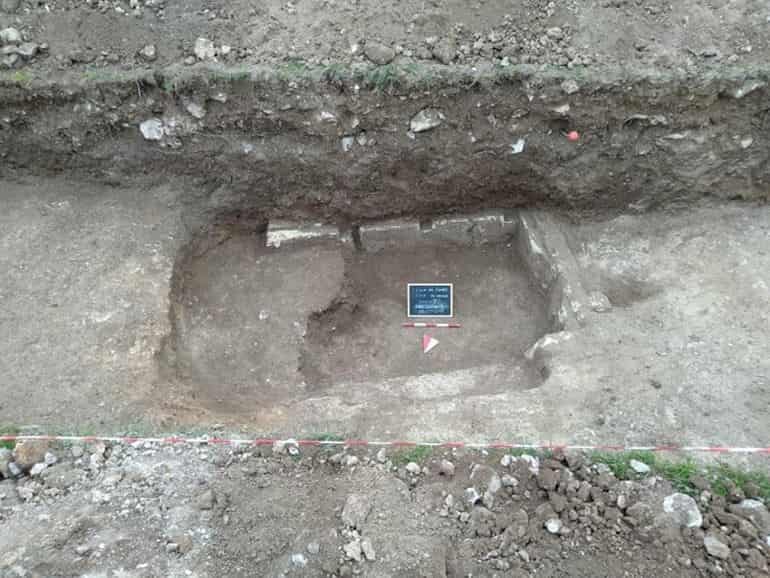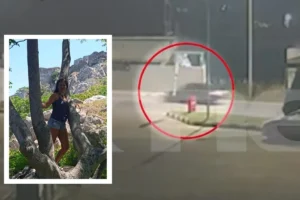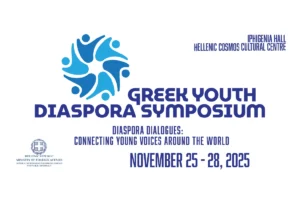Bari, the capitol of south Italy’s Puglia region was one of the many coastal city states of Magna Greacia (‘Great Greece’) settled by the Greeks from the 8th century BC.
The enduring legacy of Greek settlement in the region has recently come to light with the discovery of an ancient Greek-style necropolis.
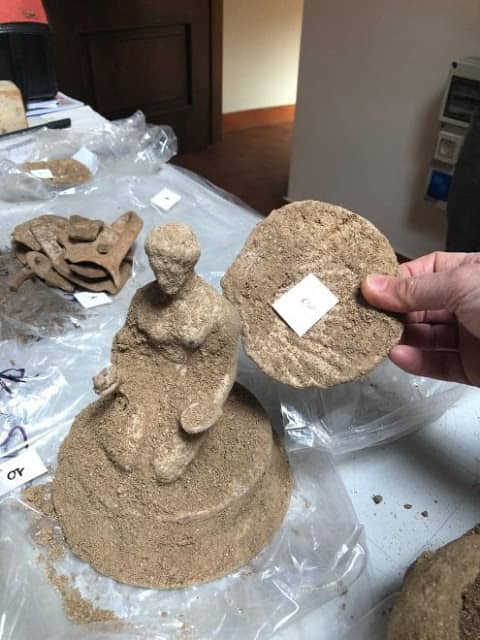
Estimated to date to the 4th century BC, the accidental discovery was made when work was carried out for a public park in a suburban district.
The necropolis area includes numerous pit tombs dating between the 5th and 3rd centuries BC.
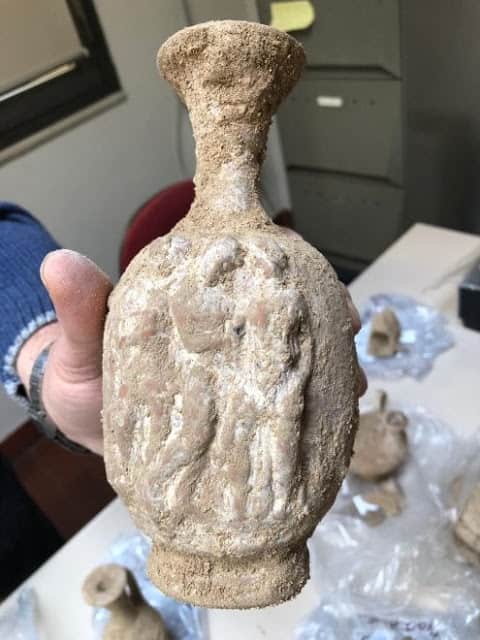
Unfortunately many of the burials were empty, looted in the past by illegal excavations.
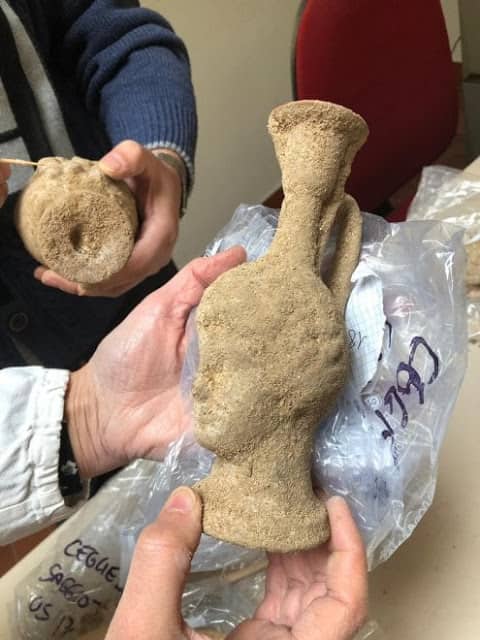
However, one of the tombs had escaped the looters and contained a burial chamber with an extraordinary range of artefacts.
The chamber revealed the intact burial of a female in semi-contracted position dating to the end of the 4th century BC.
An assemblage of red-figure vases and terracottas of exceptional workmanship have assisted in the dating of the tomb.
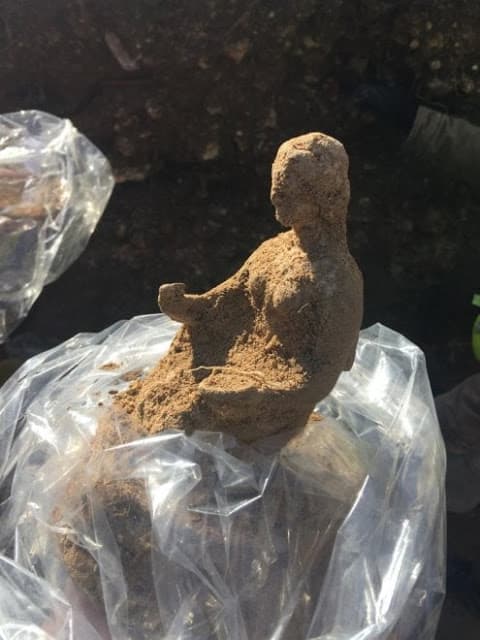
A particularly valuable lekythos, a vessel used for storing oil, features decoration in relief the scene of Neoptolemos and Cassandra at Troy.
Amongst other vases that are typical of funerary ritual were a set of terracotta figurines of a sphinx and Aphrodite Anadyomene (‘rising from the sea’).
The finds have been transported tot a conservation laboratory in Bari for preliminary restoration work.
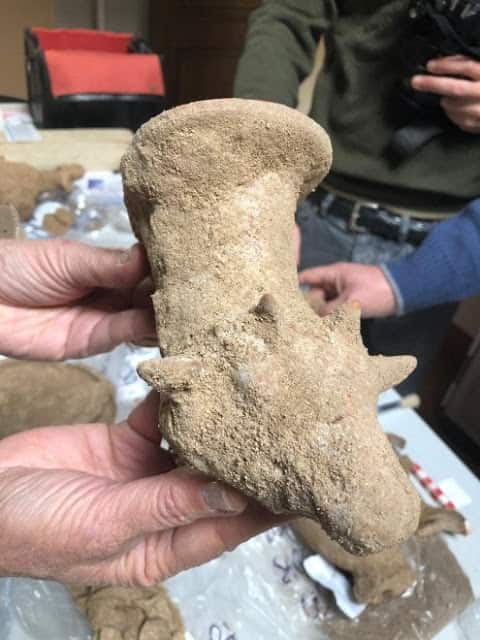
Excavations at the site are ongoing and are hoped to reveal more finds.
The region of south Italy has revealed many ancient treasures from the time of Greek settlement.
The Hellenic Museum is currently exhibiting a number of red-figure vases from the region in the exhibition Beyond Attica: Art of Magna Graecia.



